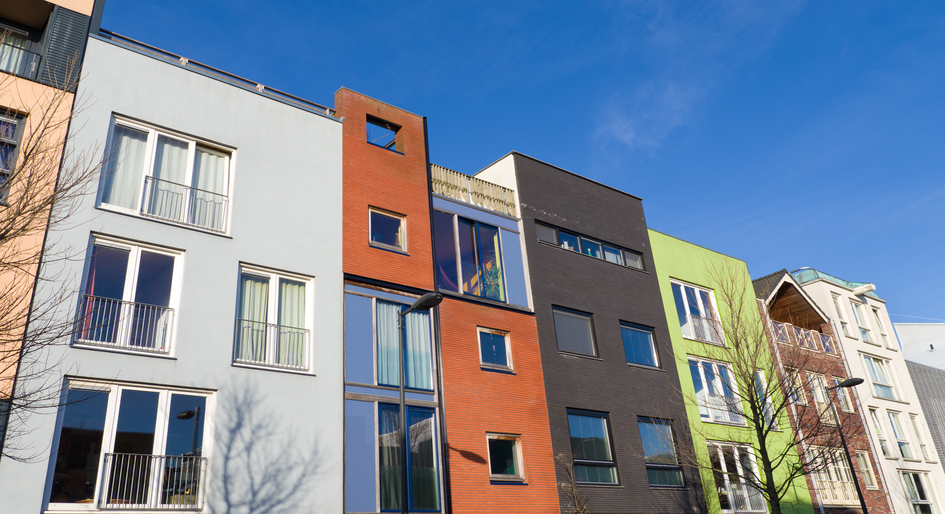Affordable rental housing is in high demand on both sides of the Atlantic Ocean. London landlords continue to set the steepest rents for available apartments posted on the online platform, HousingAnywhere — an average of 1,730 Euros or CAD $2,526 during the third quarter of 2019 — and there is a consistent upward trend in 17 other European markets contributing data to the leasing facilitator’s analysis.
“Lack of supply is a factor predominantly in the lower-price segments — those particularly sought after by students and young professionals,” observes Djordy Seelmann, chief executive officer of Rotterdam-based HousingAnywhere. “Political inertia on the matter of boosting development of affordable housing is not alleviating the housing problem in European cities.”
Recently released data is drawn from approximately 88,400 rental availability listings during the period from Jan. 2018 to Oct. 2019. This encompasses cities in the Netherlands, Scandinavia, Spain, Italy and Germany, along with London, Vienna and Brussels.
In the third quarter, just five of the 18 surveyed markets posted a monthly average for available apartments lower than 1,000 Euros (CAD $1,460). The best deals were found in Turin, Italy, at an average rate of CAD $1,270.
Q3 average listed prices for room rentals surpassed CAD $1,000 in Stockholm, Copenhagen and London, and dropped below CAD $600 only in Valencia, Spain. Valencia also offered the lowest-cost studios — averaging CAD $864, or roughly half of London’s priciest average rate of CAD $1,663 — and the second lowest average price for apartments.
Amsterdam, Munich, Stockholm and Copenhagen consistently figured in the five most expensive surveyed markets for both apartments and studios. Helsinki cracked the top five for private room rents, displacing Amsterdam. Meanwhile, Seelmann points to trends that may resonate with Canadian landlords and apartment hunters.
“While some municipalities are deploying measures to keep prices from rising even further, such as rental caps, they often overlook the real problem: the lack of supply,” he submits. “Despite initiatives aimed at putting an end to the spiralling prices, estate agencies are warning that the lack of rental properties on offer is only aggravating the situation.”
The most significant year-over-year rent increases since Q3 2018 were seen in Barcelona (8.5 per cent) and Berlin (7.4 per cent). The most gradual rate increase was in Florence (2.7 per cent). Average rents for available apartments and studios were higher in Barcelona than in Madrid; whereas Berlin’s average rates — CAD $1,653 and $1,283 respectively— stayed considerably lower than CAD $2,200 and $1,496 for comparable units in Munich.
Spain and Italy each count two cities in the lowest third of the rental rate-spread, while Vienna and Brussels make up the balance. With the exception of Amsterdam, Dutch cities — Rotterdam, Utrecht and The Hague — place in the middle. Scandinavian cities — Stockholm, Copenhagen and Helsinki — are bunched in the top third.
“Across Spain and in Berlin especially, initiatives to steer the real estate sector toward new investments has come to a halt due to political indecisiveness,” Seelmann says. As with most other sectors of the United Kingdom’s economy, Brexit-related uncertainty is deemed to be dampening the outlook for supply in London.






